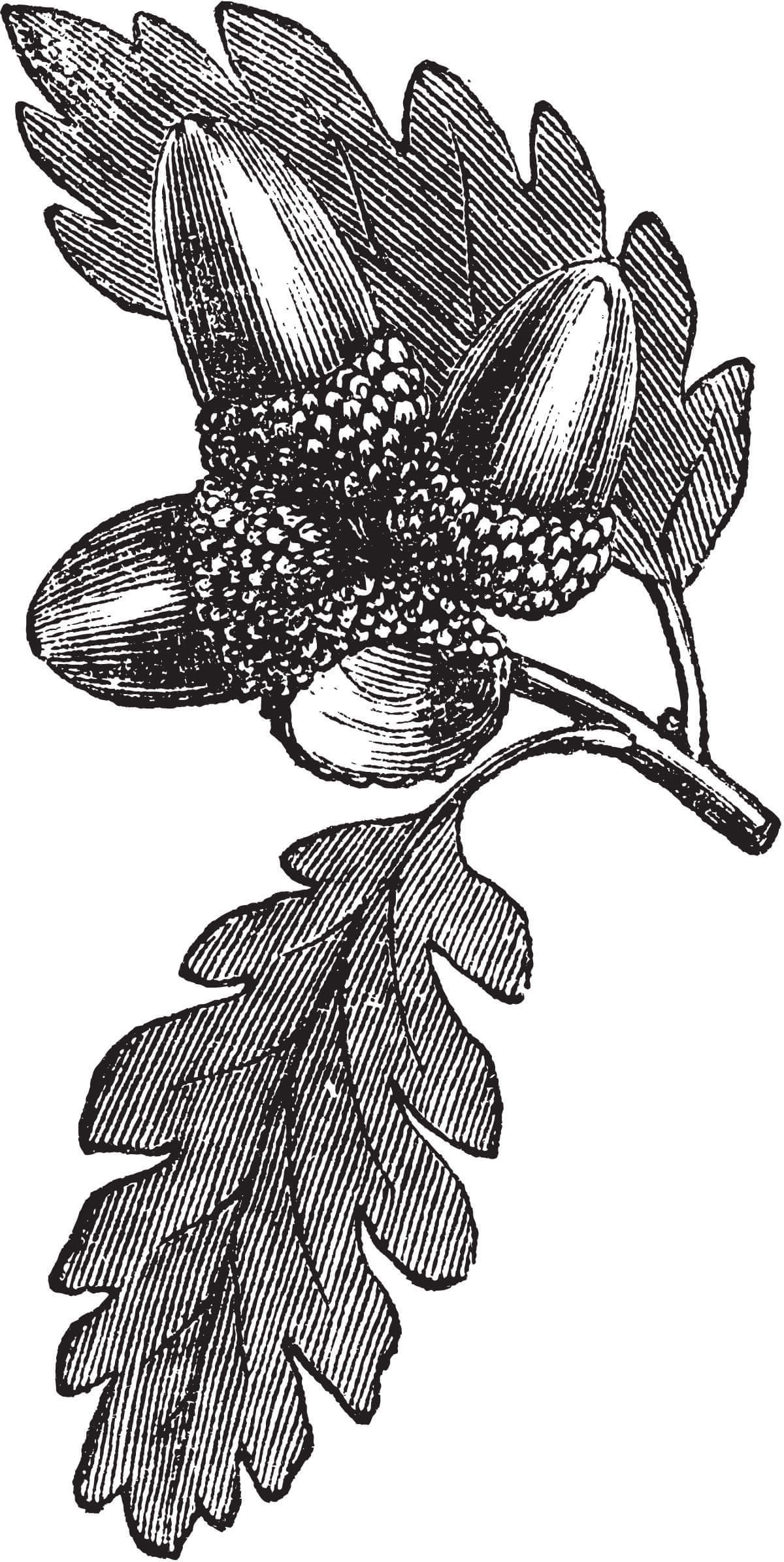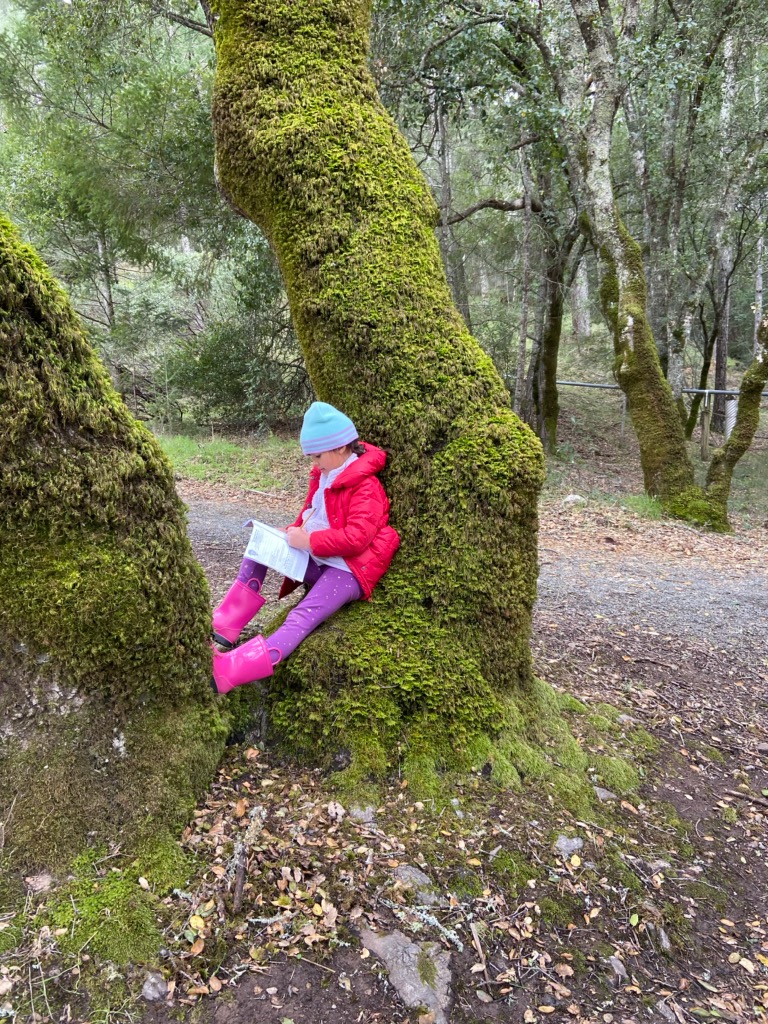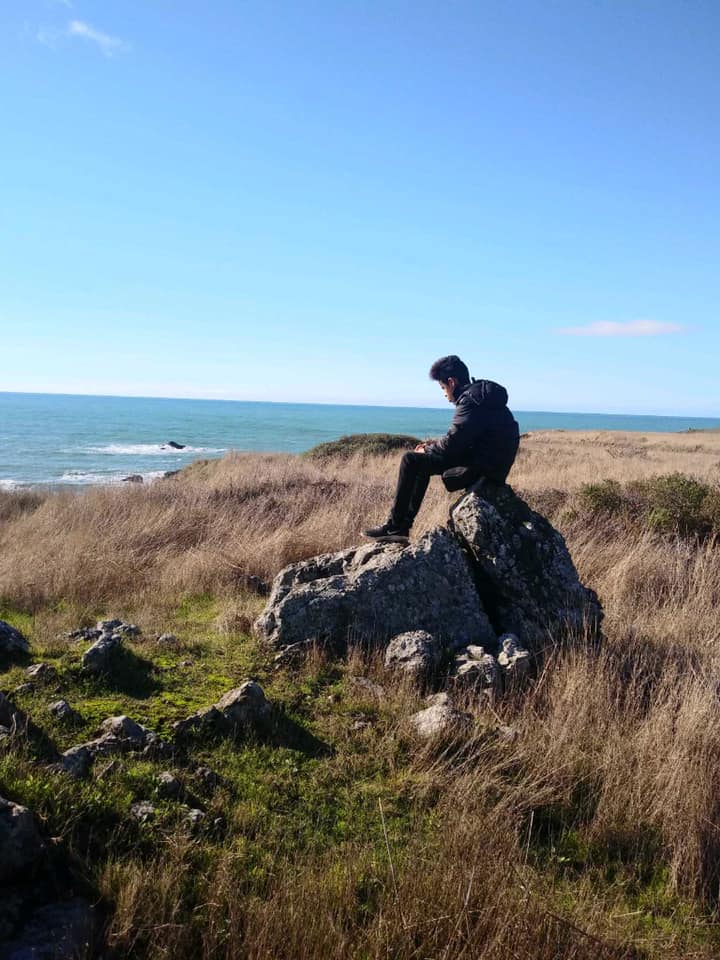Neighborhood Nature: Find Your Sit Spot
Category: Blog, Community Resilience, Hidden Nature, Inspired Forward, IOOBY, Rooting Youth in Nature, Sit Spot, Youth Programs
By LandPaths Staff
April 9, 2020
By Jamie Nakama, Youth Programs Manager
This is an activity that we do with elementary-aged students as part of our environmental education program IOOBY.
A “sit spot” is a place for one to sit quietly in nature, a time for solo reflection: A chance to slow down, calm the mind, awaken the senses, and cultivate awareness in the present moment. As you return to your sit spot over and over, you’ll develop a relationship with that place and connect with your inner self. It is a simple practice of mindfulness for all ages!
The activity can be adapted for any age. It has proven to be extremely beneficialfor students in our teen and young adult programs, with an opportunity to check-in with your internal and external landscape. As we continue to shelter-in-place, adopting a daily sit spot and journaling routine can help you express emotions, release stress and anxiety, and perhaps serve as a reminder to focus on gratitude. The journal can also serve as a time capsule of your internal and external worlds during this historical moment in time.
How to do a “sit spot” at home (with suggestions for those who may not have access to a yard or a garden).
We recommend having a journal and pencil, and crayons or colored pencils for those who prefer to draw. If you or your child are uncomfortable sitting on the ground, you can simply cut out a square from a plastic garbage bag to sit on (reuse it each time) or sit in a chair. The idea is to sit as close to the natural world as possible.
It’s important for adults to model this activity for your children, express your excitement for the activity and be sure to share your experiences and stories afterward. Try to stay in your sit spot for at least 15 to 20 minutes, increasing the time as you get more comfortable with the activity.
- First, find your own special sit spot – a place in your yard or garden, or near some form of nature, e.g. sit next to a potted plant on your porch or by a window that looks out to a tree. Choose a place away from other people.
- Sit down and begin to take some slow, deep breaths. Notice how you feel inside. Are you feeling calm? Anxious? As you sit for longer, do your feelings change?
- Start to awaken all of your senses. Look closely at the natural world around you…what do you notice? What do you see in the distance? What is right under your feet? Do you notice any animals? (Birds perched on a branch or small insects crawling in the grass around you.) What are they doing? How are they interacting with their surroundings? What do you notice about the plants around you? What colors, shapes, patterns do you see? Close your eyes to take in the sounds – what is the closest sound you can hear? The farthest sound? What does it smell like in your sit spot?
- Draw or write in your journal about your experience. Be sure to include the date, time, and place of your sit spot.
- To conclude, parents/adults and children share about your experiences.
Journaling suggestions (*write out and go over the prompts with your child before starting the sit spot):
- How do you feel in your sit spot?
- Write or draw pictures about what you see, hear, smell, touch.
- Write a poem.
- Next time you go back to your sit spot, write or draw the changes you see around you. (As you return to your sit spot many times, you will start to notice how your internal and external landscapes change during different times of the day or in different kinds of weather, and through the different seasons.)






